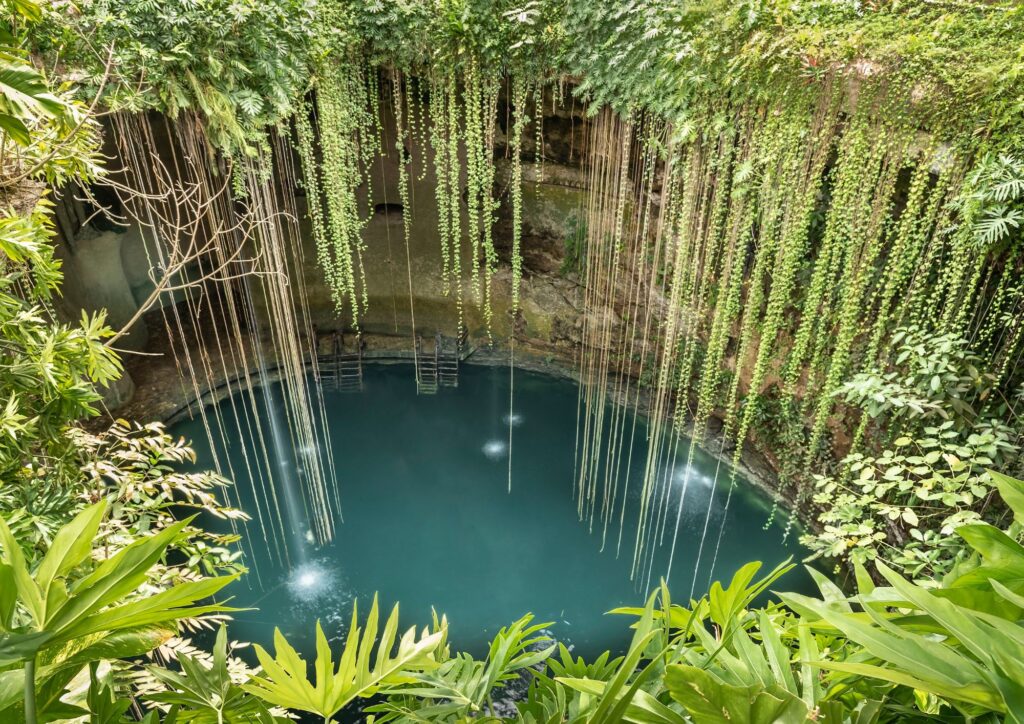
What is a cenote?
A cenote is a natural sinkhole famously found on the Yucatan Peninsula of Mexico and some parts of Central America. These sinkholes are created when the limestone bedrock collapses, revealing a pool of groundwater that’s crystal clear and often quite deep. Most cenotes are filled with freshwater, although some cenotes located near the coast may have a mixture of fresh and saltwater due to their proximity to the ocean.
In the ancient Mayan culture, cenotes were considered sacred, and they were often used for religious ceremonies, as well as for drinking water and bathing. Today, cenotes are a popular attraction, especially for divers and snorkelers who come to explore these underground networks of caves and tunnels, filled with mind-blowingly clear water.
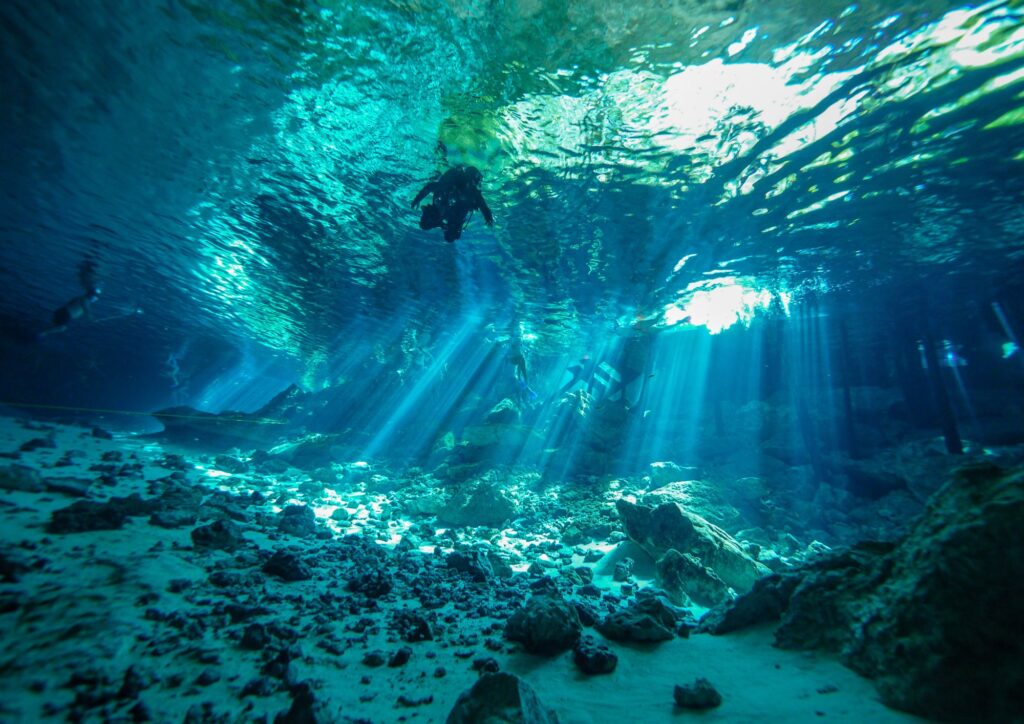
What is it like to dive in a cenote?
As you descend into the cenotes, you’ll discover a world unlike any other. The ancient rock formations, stalactites, and stalagmites that have taken shape over thousands of years create a surreal backdrop. The water is so clear and calm that it feels more like flying than swimming. That, combined with the slightly cooler temperature of the water compared to the ocean is truly invigorating and energizing.
Despite not having as much marine life as the open ocean, cenotes still hold a treasure trove of fascinating creatures to discover. Take the blind shrimp, for example, which has adapted over time to thrive in the dark, cave-like environment. Another interesting inhabitant of cenotes is the catfish, whose presence can actually have a significant impact on the surrounding ecosystem. These bottom feeders are known to feast on algae and other organic matter, thus helping to maintain the clarity and cleanliness of the water in the cenote.
Where can I scuba dive in a cenote?
One of the most popular cenotes for diving is Dos Ojos, which means “two eyes” in Spanish. It is located near Tulum and is actually two cenotes connected by a cavern. The underwater caves in Dos Ojos are vast and diving through them feels like exploring an underground city.

The Blue Hole is another popular cenote near Playa del Carmen. What makes the Blue Hole unique is the way that the light shines through the opening, creating a beautiful blue hue that illuminates the entire cave. The clarity of the water also makes it easy to see the various rock formations and stalactites that can be found throughout the cave.

Gran Cenote is another option near Tulum. This cenote is more open and compared to Dos Ojos and the Blue Hole. At Gran Cenote, you can swim and snorkel in the expansive open areas, as well as in shallow sections that are perfect for beginners or those who prefer to remain close to the surface and avoid more enclosed spaces.

What are some of the challenges of diving in a cenote?
Diving in cenotes can be tricky, especially if you’re new to cave diving. One big challenge is the limited visibility and darkness in some parts of the cave system, which can make it tough to find your way around. The underwater caves can feel like a maze, which can cause you to be disoriented if you aren’t with a trained guide. Since the cave system is enclosed, it’s super important to be well-trained and prepared and only attempt these dives with a reputable dive center.
How deep are the cenotes?
The depth of cenotes varies, but they can be quite deep, with some exceeding 130 feet (40 meters). However, the recommended depth for recreational diving is usually no deeper than 100 feet (30 meters), and some cenotes may have restrictions on maximum depth so it’s imporant to listen to your guide at all times. The depth at which a diver can safely dive in a cenote depends on their certification level, training, and experience. It is important for divers to follow safe diving practices and always stay within their limits.
What is the water temperature like in a cenote?
The water temperature in the cenotes in Mexico can vary depending on the season and location, but generally ranges from around 22-26 degrees Celsius (72-79 degrees Fahrenheit) throughout the year. Some cenotes may have slightly cooler or warmer water depending on their depth, location, and other factors. It’s a good idea to wear an appropriate wetsuit and/or exposure protection.
Can I visit a cenote if I’m not a diver?
Cenotes can be enjoyed in other ways besides diving, like swimming and snorkeling. Some cenotes even have platforms for jumping and diving, which can be fun and very Instagram-able!
All in all, exploring the cenotes is a truly unforgettable unique experience that combines adventure, history, and natural beauty. The unique geological formations and diverse ecosystem make the cenotes in Mexico one of the most fascinating and awe-inspiring diving destinations in the world.
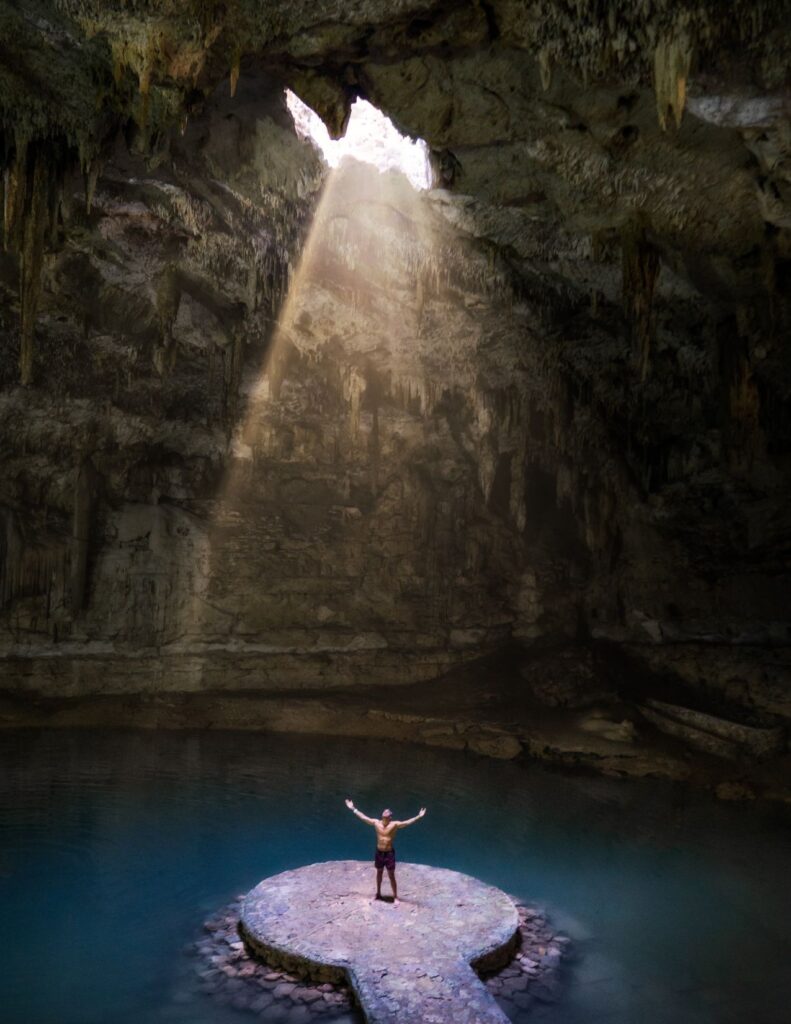

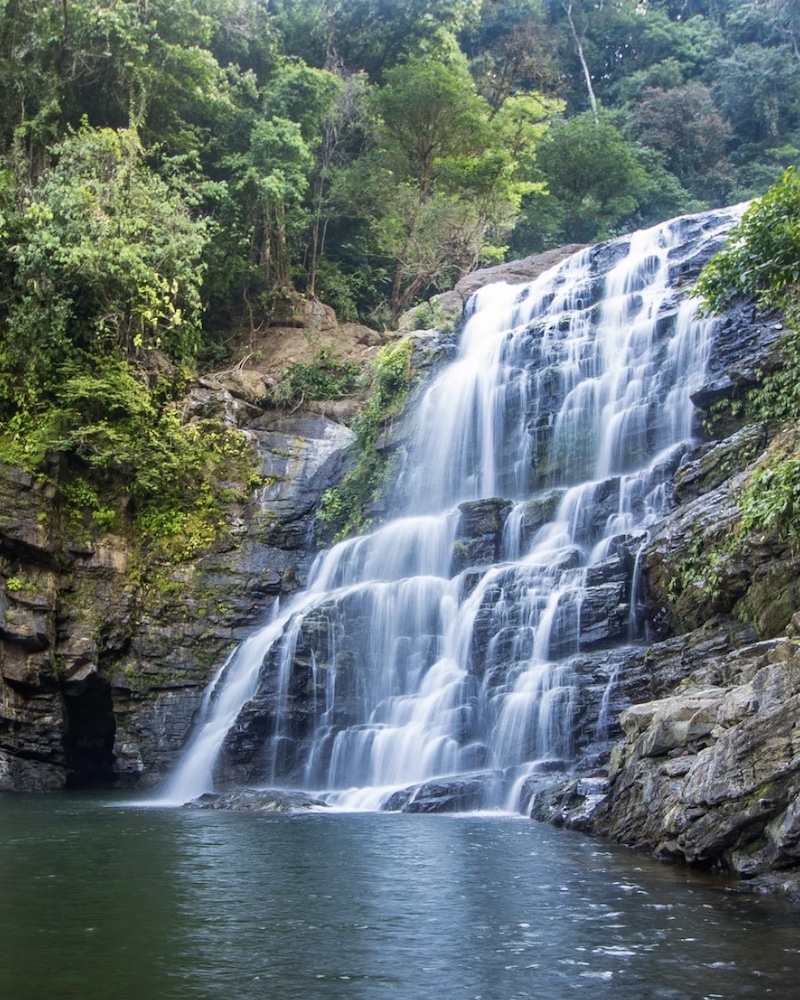
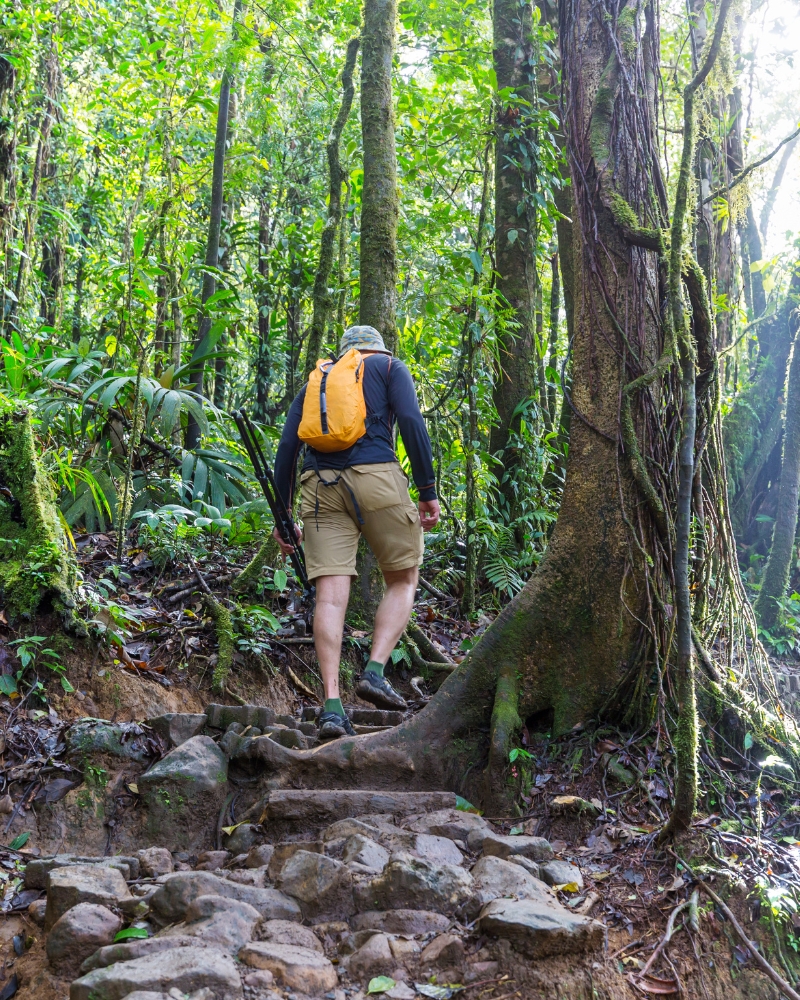
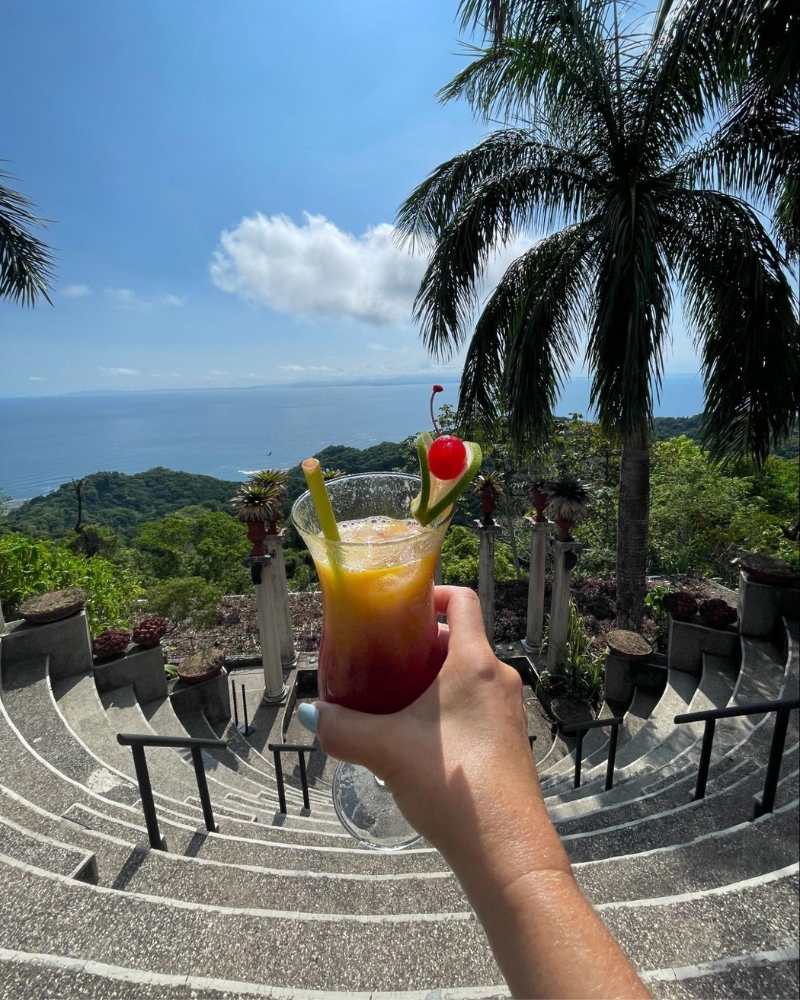

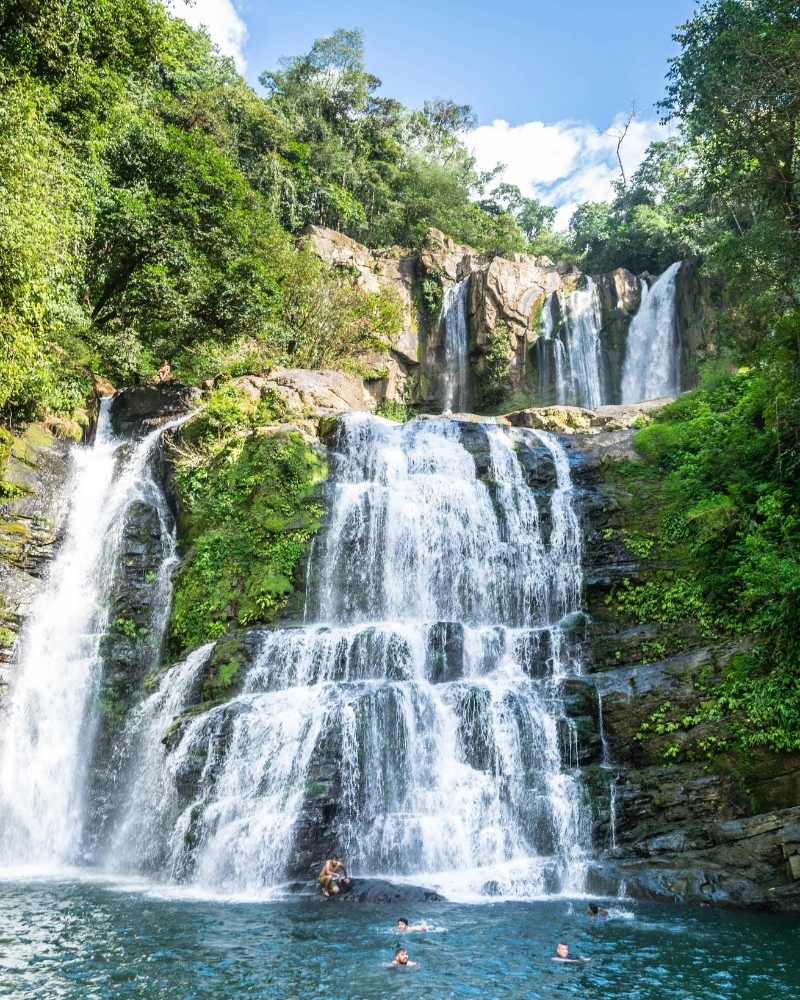
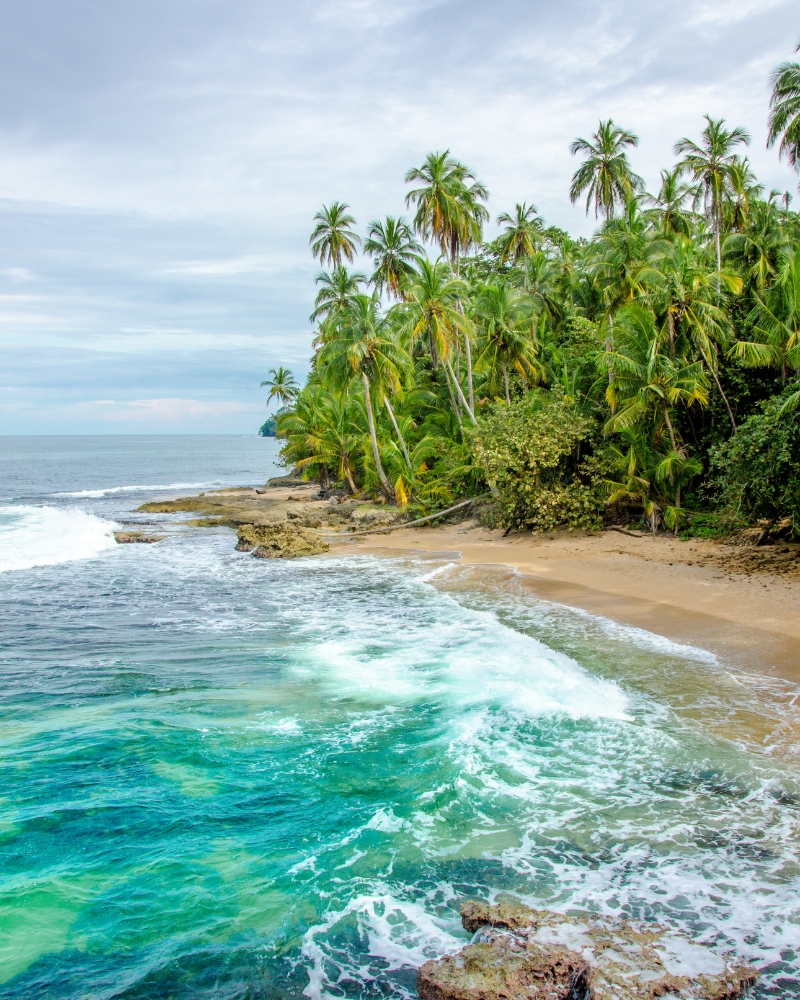
+ show Comments
- Hide Comments
add a comment